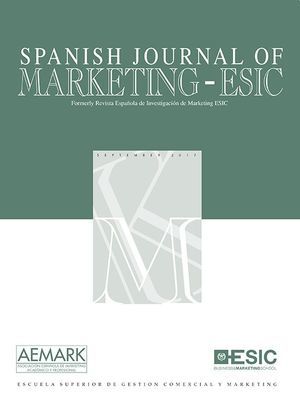Este trabajo trata de analizar los efectos que provocan los sellos de calidad más reconocidos en el sector del turismo rural sobre la actitud y la intención de comportamiento del turista. Para ello, se ha llevado a cabo un diseño experimental con los sellos de calidad más utilizados en turismo rural. Basándonos en la consulta a expertos en el sector y en la revisión de la literatura, se decidió utilizar los sellos Q de Calidad Turística y la certificación ISO como tratamientos del diseño experimental. Los resultados ponen de manifiesto que la certificación ISO tiene un efecto positivo en la actitud hacia el establecimiento y en las intenciones del comportamiento de los potenciales clientes si se compara con no usar certificación. En cambio, las diferencias sobre la actitud hacia el establecimiento y las intenciones de comportamiento no son significativas al comparar a los hoteles con el distintivo “Q de Calidad Turística” y los hoteles sin certificación.
This research aims to analyze the effects that cause the most recognized seals of quality in rural tourism on attitude and behavioral intention of the tourist. To do this, it has carried out an experimental design with quality certification labels commonly used in rural tourism. Based on consultation with industry experts and the review of the literature, we decided to use the “Q de Calidad Turística” and ISO as treatments of experimental design. The results show that ISO certification has a positive effect on the tourists’ attitude towards the establishment and behavioral intentions when compared with not using certification. Nonetheless, the differences on the attitude towards the establishment and behavioral intentions are not signiflcant when hotels with a distinctive “Q de Calidad Turística” are compared with hotels without certification.





